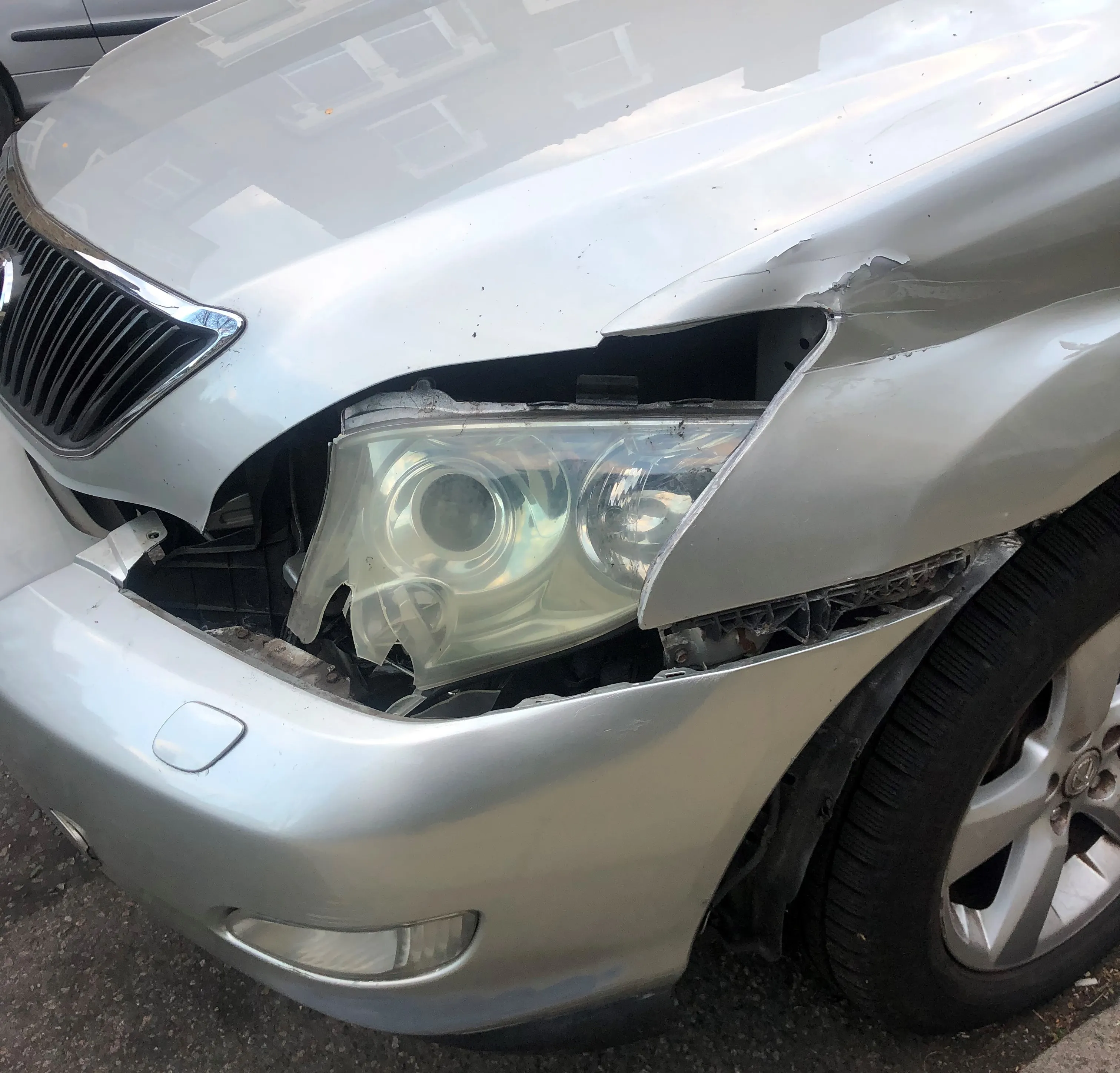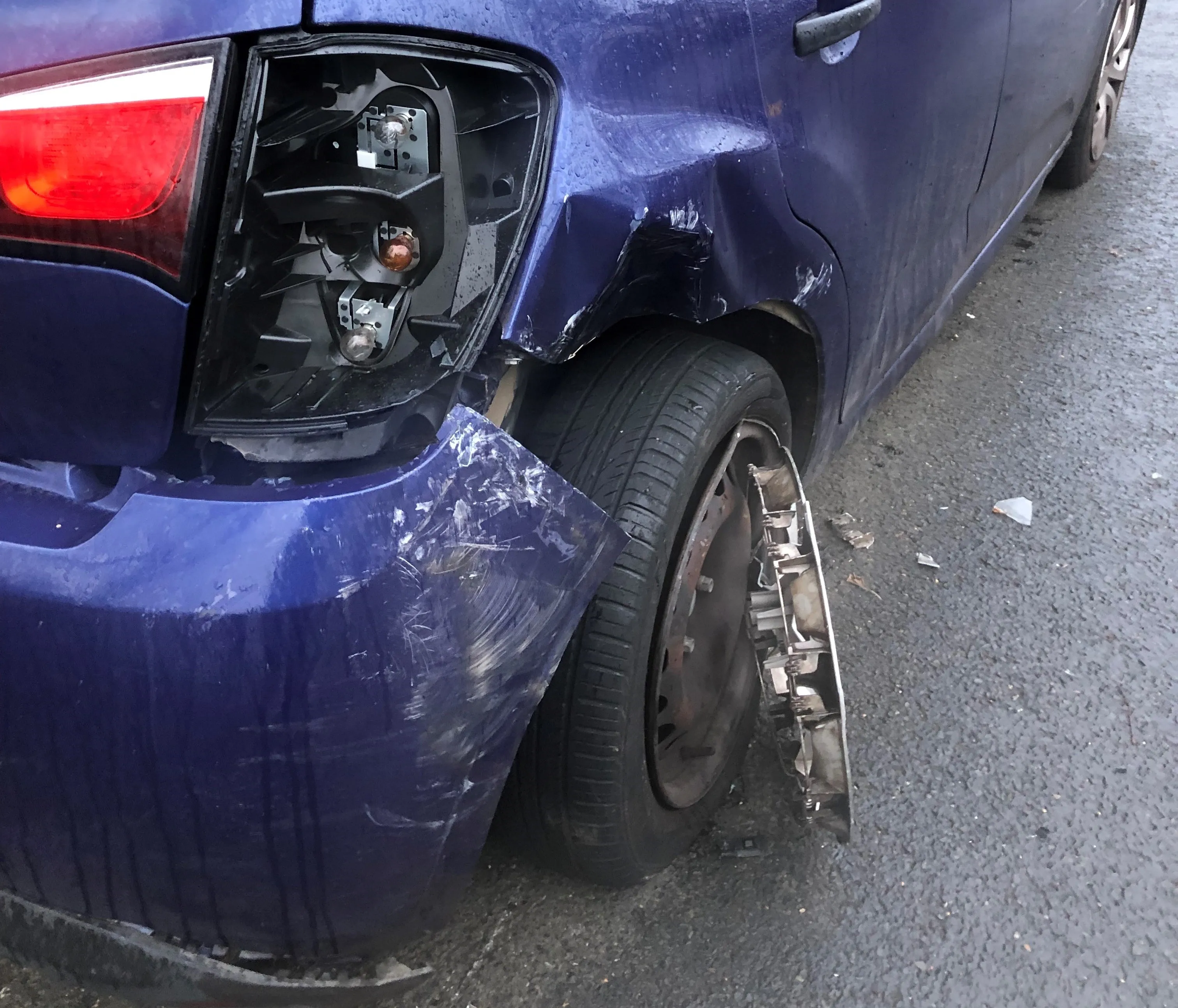Crash injury risks vary between males and females in the US according to research.
By MJ Woof
March 1, 2021
Read time: 3 mins

New research has revealed that females suffer a higher risk of injuries in road crashes than males in the US. The research has been carried out by the Insurance Institute for Highway Safety.
The work also shows that a significant proportion of this increased risk is due to the types of vehicles females tend to use, as well as the circumstances of their crashes. However, the increased risk of injury is not related to physical differences between females and males, according to the research.
The study showed that women are substantially more likely to suffer leg injuries in crashes.
Crash data reveals that males are involved in a greater number of fatal crashes than females. However, when each crash occurs any females involved are 20-28% more likely to be killed and 37-73% more likely to suffer a serious injury, after adjusting the data for speed.
The IIHS data suggests that females are more likely to be driving vehicles that are smaller and more vulnerable in the event of an impact. The data also reveals that females are more likely to be driving a vehicle struck in a side impact or in front into rear crashes.
The data also shows that the safety benefits of vehicles with better crash protection were higher for females than for males in regard to most categories of serious injuries.
The research covered front to rear and side impact crashes that occurred between 1998 and 2015 in which the vehicles had to be towed away.
The data showed that females were three times as likely to suffer a moderate injury and twice as likely to suffer severe injury than males in the event of a front to rear crash. In the event of a side impact, the risks of moderate injuries were roughly equal for females and males, but the risks of serious injuries were around 50% higher for females.
However, the data also shows that the risk of serious and fatal injuries has been reduced for females, and more than for males, as a result of improvements in vehicle crash protection.
The IIHS investigation has suggested that males tend to on average be driving larger and heavier vehicles offering more impact protection than females, which would explain, at least in part, the disparity.
According to the data, males are more likely to be driving the vehicle causing the impact in the event of front to rear crashes as well as side impacts. This could also account for some of the disparities in the injury statistics.
There is a call for new crash test dummies to be developed that better reveal the effects of injuries on females in vehicle impacts. And the IIHS will carry out further investigations into the disparities between males and females with regard to crashes and injuries.






